This sounds like you need a Gantt chart.
I am using hv.Curve() drawing a line from the starting point in time to the end point in time:
# import libraries
from datetime import datetime
import holoviews as hv
hv.extension('bokeh')
# drawing a simple line
line1 = hv.Curve([
[datetime(2018, 1, 3), 'Event1'],
[datetime(2018, 1, 31), 'Event1'],
])
# creating a dashed line
line2 = hv.Curve([
[datetime(2018, 3, 3), 'Event2'],
[datetime(2018, 3, 30), 'Event2'],
]).opts(line_dash='dashed')
# creating a black thicker line
line3 = hv.Curve([
[datetime(2018, 7, 15), 'Event2'],
[datetime(2018, 9, 23), 'Event2'],
]).opts(color='black', line_width=10.0)
# add all 3 lines together on 1 plot with the * symbol
# this creates an overlay
gantt_chart = (line1 * line2 * line3)
# change xlim and width of the whole chart and add xlabel
# just making the plot a bit nicer
gantt_chart.opts(
width=800,
xlim=(datetime(2018, 1, 1), datetime(2018, 12, 31)),
xlabel='start to stop',
ylabel='',
)
As you can see I've also added some options as an example to change the style of the lines and change the range of the x-axis.
Example code gives you this graph:

Another solution is a more generic way of generating this Gantt plot, which loops over the data and generates a curve for every start/stop point:
# import libraries
from datetime import datetime
import holoviews as hv
hv.extension('bokeh')
# create sample data
data = [
[datetime(2018, 1, 3), datetime(2018, 1, 31), 'Event1'],
[datetime(2018, 3, 3), datetime(2018, 3, 30), 'Event2'],
[datetime(2018, 7, 15), datetime(2018, 9, 23), 'Event2'],
]
# loop over data to create a list with a line/curve for every start/stop point
all_lines_list = [
hv.Curve([
[row[0], row[2]],
[row[1], row[2]],
]).opts(color='red') for row in data
]
# put all lines in an Overlay plot that can display all lines on 1 plot
gantt_chart = hv.Overlay(all_lines_list)
# make plot nicer
gantt_chart.opts(
show_legend=False,
width=800,
xlim=(datetime(2018, 1, 1), datetime(2018, 12, 31)),
xlabel='start to stop',
ylabel='',
)


